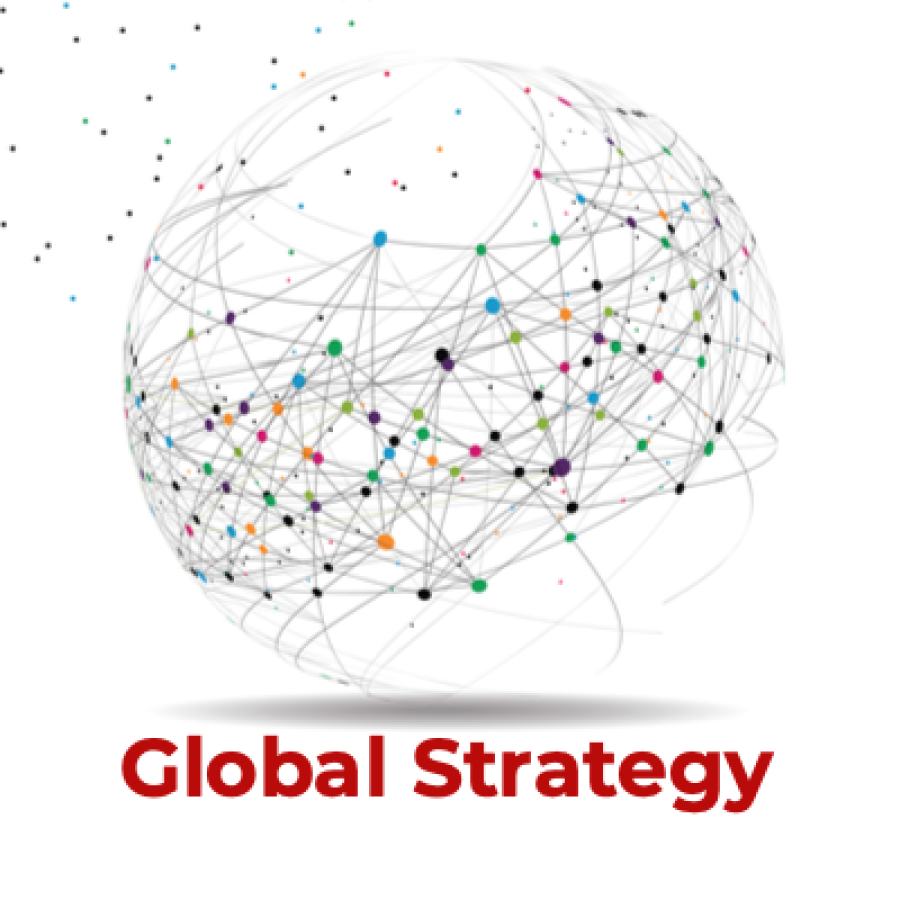By Tatiana Revoredo and Rodrigo Borges
In order to understand how Blockchain technology can contribute to public management, it is essential to bring its concept out front. Blockchain is analogously an Internet-like structure and, just as an e-mail, Facebook and Instagram, is built on top of Internet, Bitcoin is an application built on bitcoin blockchain[i]. It is important to point out that there is not a single Blockchain, but several others that can basically be classified in public and private.
Due to its distributed architecture, its impact on several sectors of society and the relationship of citizens with organizations and governments will be profound, being an important instrument for protecting information, preventing fraudulent activities through consensus mechanisms, and detecting data tampering by virtue of its underlying immutability properties, transparency, auditing capability, data encryption and operational resilience.
As Blockchain technology ensures immutability of data recorded in it (there is no centralizing entity or a user with modification powers, in isolation from transactions already registered). While allowing its users to consult and audit information “in real time”, it provides greater transparency and broad access to information recorded in it.
That is why this new technology has proven to be an excellent tool for application in the public sector, due to the accountability of public managers to the population. However, Blockchains architectures by themselves would not have such application, if it did not have ability to integrate with other technologies, such as Internet of Things, Augmented Reality and Artificial Intelligence, allowing automation of various activities, with scalability and expansion of the capacity of each one of said technologies, which has aroused interest of many governments and companies, in order to increase efficiency, transparency, security and cost reduction.

Countries such as India, Kenya, Senegal, China, Singapore, Canada and Denmark are studying the development of digital currencies as an alternative to the current fiduciary system, reducing the cost of issuing and maintaining paper money. In addition, with currency digitization in Blockchain, population would have greater access to financial products, especially in countries like India and Kenya, where a large part of the population does not have bank account.
Another application in the public realm is digitization of property, which has already been studied by several countries, given the characteristics and possibilities allowed by Blockchain technology, such as information quick checking, and transactions traceability, preserving the identity of parties. Precisely because of said characteristics, many governments, such as Sweden, Georgia and the United States (Illinois) have started projects and studies of property registration in Blockchain.
In Sweden, whose project is being tested, there was a reduction in the average time to complete a real estate transaction from three months to a few hours, in addition to a substantial reduction in transaction costs. The Swedish project has successfully demonstrated the possibility of migrating from the current system to a platform in Blockchain, making clear the benefits of the use of said technology to society.
When we talk about democracy and electoral processes, we think of transparency. After all, there are no legitimate elections, and therefore legitimate democracies, without a clear, transparent and auditable electoral process. Thinking precisely about this need for electoral processes is that there are pilot projects in the United States (Illinois and New York), Denmark, Estonia, Ukraine, South Korea and Australia to use voting systems in Blockchain.
The combination of sequential hashing and encryption, along with distributed Blockchain technology, protects the identity of network participants, while enable verification of all transactions performed on their platform, which ensures the development of extremely safe and transparent voting procedures, allowing monitoring of elections vote-to-vote.
 The adoption of a voting system by Blockchain would prevent, or rather reduce, electoral fraud, vote counting errors, and, above all, distrust of population that could audit the entire electoral process in real time.
The adoption of a voting system by Blockchain would prevent, or rather reduce, electoral fraud, vote counting errors, and, above all, distrust of population that could audit the entire electoral process in real time.As we pointed out in a previously published article[iii], we have people identification system absolutely out of step through available technology. We are still required to have a true “collection” of documents, with the sole purpose of identifying the same person before various governmental bodies. Our current identification system requires us to obtain several “new” documents, only for inclusion or alteration of small data and information. However, a unique blockchain identification system would reduce the cost of companies to identify customers and suppliers, as well as allow citizens to have greater control of their data, enabling them to decide how much, when and to whom their personal information will be made available, once that data release is responsibility of the actual identity owner.
In spite of the numerous benefits brought by Blockchain technology, it is important to emphasize that it is not a solution to all problems, much less one solution applicable to all situations. Its application in the public sector needs to be kept away from hype and close to the true benefits to society.
For this reason, the implementation of Blockchain projects by governments should be preceded by quality public policies and studies, ensuring that the implementation of technology will bring effective benefits to community. Likewise, governments need to educate the population about possible changes to be experienced, which may involve cultural aspects already established in population.
Therefore, the implementation of a system in Blockchain for improvement of public services is not only a change of systems, but a cultural change of society.
 We recently followed the implementation of digital certificate identification systems, whereby each holder of a digital certificate, through the use of their private key, was able to confirm their identity digitally. However, there was no public awareness of the care that should be taken with the private key custody.
We recently followed the implementation of digital certificate identification systems, whereby each holder of a digital certificate, through the use of their private key, was able to confirm their identity digitally. However, there was no public awareness of the care that should be taken with the private key custody.The same cannot occur when talking about the use of Blockchain technology; it is necessary to carry out awareness programs, especially in cases of digital currency and identity, in which citizens, once again, have the power to control their information and assets. After all, given the distributed nature of Blockchain, if a private key is lost, third parties may use data and information. There is no centralized entity to request blocking and/or restitution of data.
Blockchain is undoubtedly an excellent tool for improving state inefficiency and process automation, but it is not the solution to all problems. Thus, Blockchain will not end up with the whole state system constituted, and with auxiliary bodies and institutions, but it can improve many of the inefficiencies, for the sake of greater transparency and security, public administration pillars.
By Rodrigo Borges and Tatiana Revoredo
[ii]Blockchain Strategy Programme, Said Business Scholl, University of Oxford. 2018
[iii]https://blockchainacademy.com.br/e-se-no-futuro-os-cidadaos-controlassem-sua-propria-identidade/

